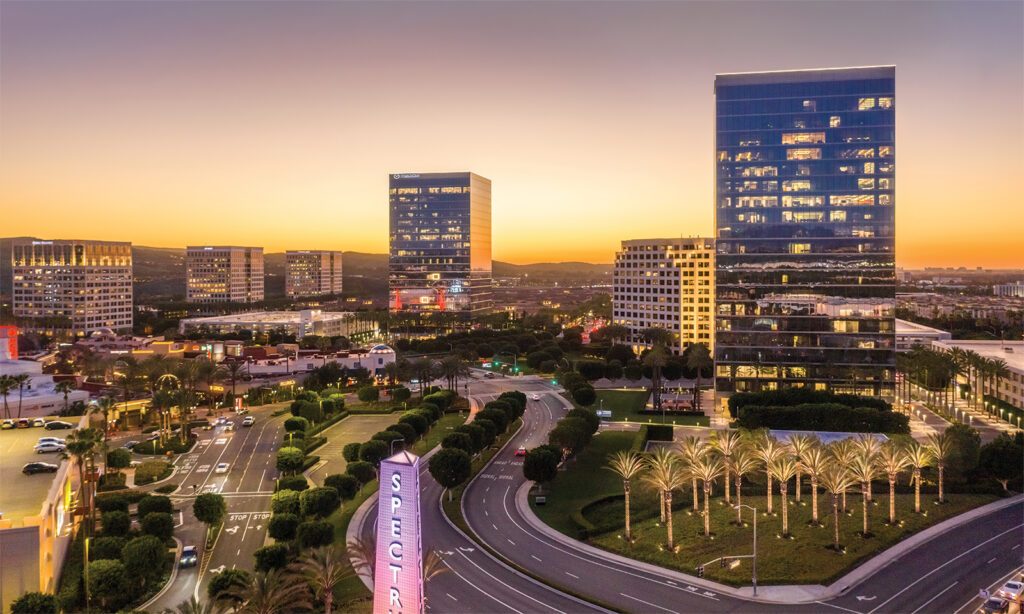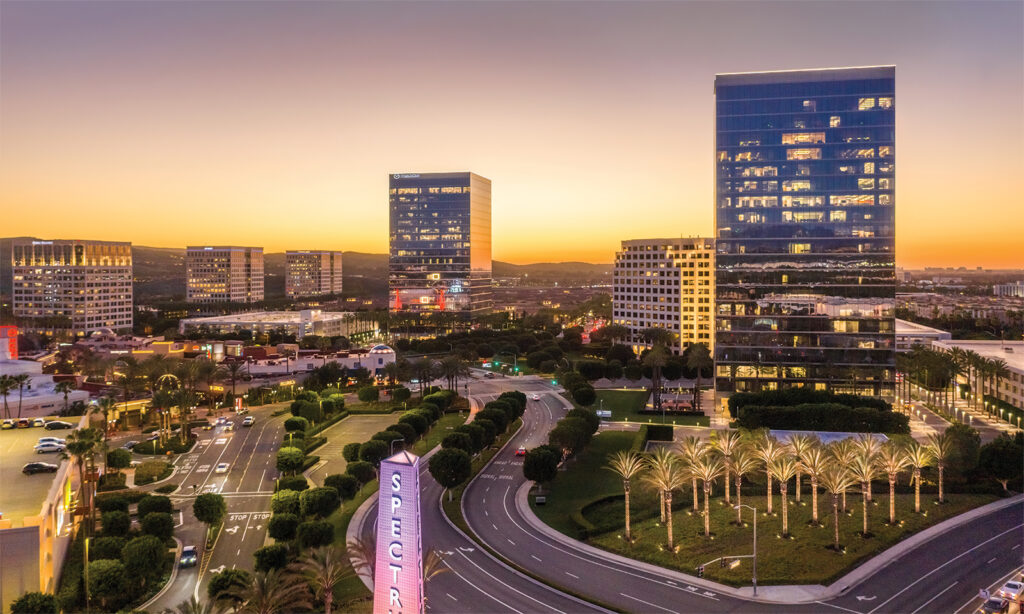The master-planned city of Irvine has been recognized as the nation’s best planned community by Zonda, an international real estate research organization. The city’s village lifestyle and economic opportunities have attracted generations of residents, such as Steven Leung and Julie Wang, who fell in love with Irvine years before falling in love with each other.
The high-tech professionals, both graduates of UC Irvine who grew up in different parts of Southern California, met through mutual friends only after they had left Irvine for jobs elsewhere in the region.
They returned to Irvine in 2013, a little more than a year before their first daughter was born, choosing a home in Portola Springs in the foothills of the Santa Ana Mountains. “We were so taken by how beautiful it was,” Julie says, adding that though the community was still new, “we could already tell it was the perfect place to grow our family.”
They are among hundreds of thousands of residents who cherish Irvine’s special gifts, all carefully designed by the city’s Master Plan. The blueprint produced by Irvine Company decades ago has resulted in a thriving job market, safe neighborhoods and high-achieving schools, as well as home values that appreciate faster than in any other U.S. city. All of which help explain why Irvine Company last month won the inaugural National Master Plan of the Year award.
“Over the past 60 years, Irvine Company has created a balanced community in terms of parks, open space, quality housing and vibrant business districts,” reads Zonda’s assessment, extolling Irvine’s “unmatched quality of life.”

A blank slate
Irvine is neither the first nor the largest modern city to be designed from scratch. Brasilia, Brazil; Reston, Virginia; and Washington, D.C., are among other examples.
Yet Irvine has had the special advantage of having a single owner for the city’s land and surroundings: a 93,000-acre parcel, six times the size of Manhattan, stretching from the Santa Ana Mountains to the Pacific Ocean. The Irish immigrant James Irvine assembled what became The Irvine Ranch from Spanish and Mexican land grants in the late 19th century, creating Irvine Company to steward the prize asset.
Irvine Company began designing the new city in the 1960s, as Southern California’s sprawl and traffic were starting to approach The Irvine Ranch. The plan eventually called for 24 self-contained villages surrounding a new University of California campus, with each village connected by trails to parks and open space and centered around a K-12 school and shopping center.
Irvine’s plan has helped it become a uniquely balanced city with residential villages along with headquarters for many Fortune 500 companies and scores of high-tech startups. In the 1980s, Irvine Company designed Spectrum District to be the city’s live-work-play “downtown” and economic engine. The district includes luxury apartments, Class A offices, low-rise, high-tech incubators and one of Southern California’s most successful retail and entertainment centers.
“It feels like there’s always something going on, and it’s all geared toward building a welcoming community.”
Julie Wang
Safety, schools and space
Over the years, Irvine’s Master Plan has ensured that tax revenues from the city’s growing commercial and industrial centers fund excellent schools and city services, including a police department that has helped make Irvine renowned for its safety.
Additionally, open space, parks and trails for public enjoyment have been integral to the Master Plan since the first blueprint was delivered to county officials. Irvine benefits from access to 57,500 acres of permanently protected open space – about 60% of the original Irvine Ranch.
Like other Irvine villages, Portola Springs is near open space, major freeways, parks, shopping centers and restaurants. “The time we save and the ease of getting from point A to point B have been huge benefits,” Steven says.
Their children – Arie, 9, Caleb, 8, and Eason, 3 – attend nearby public schools, where they are thriving academically, their parents say.
“There’s so much for kids and families to do in Irvine, with after-school programs, tons of summer school options and amazing community events,” Julie says. “It feels like there’s always something going on, and it’s all geared toward building a welcoming community.”





